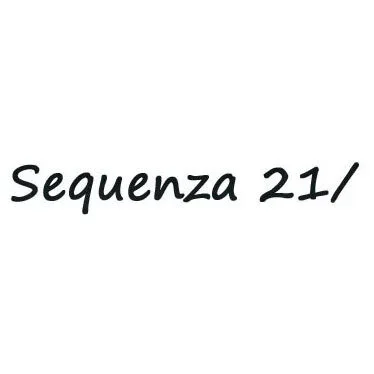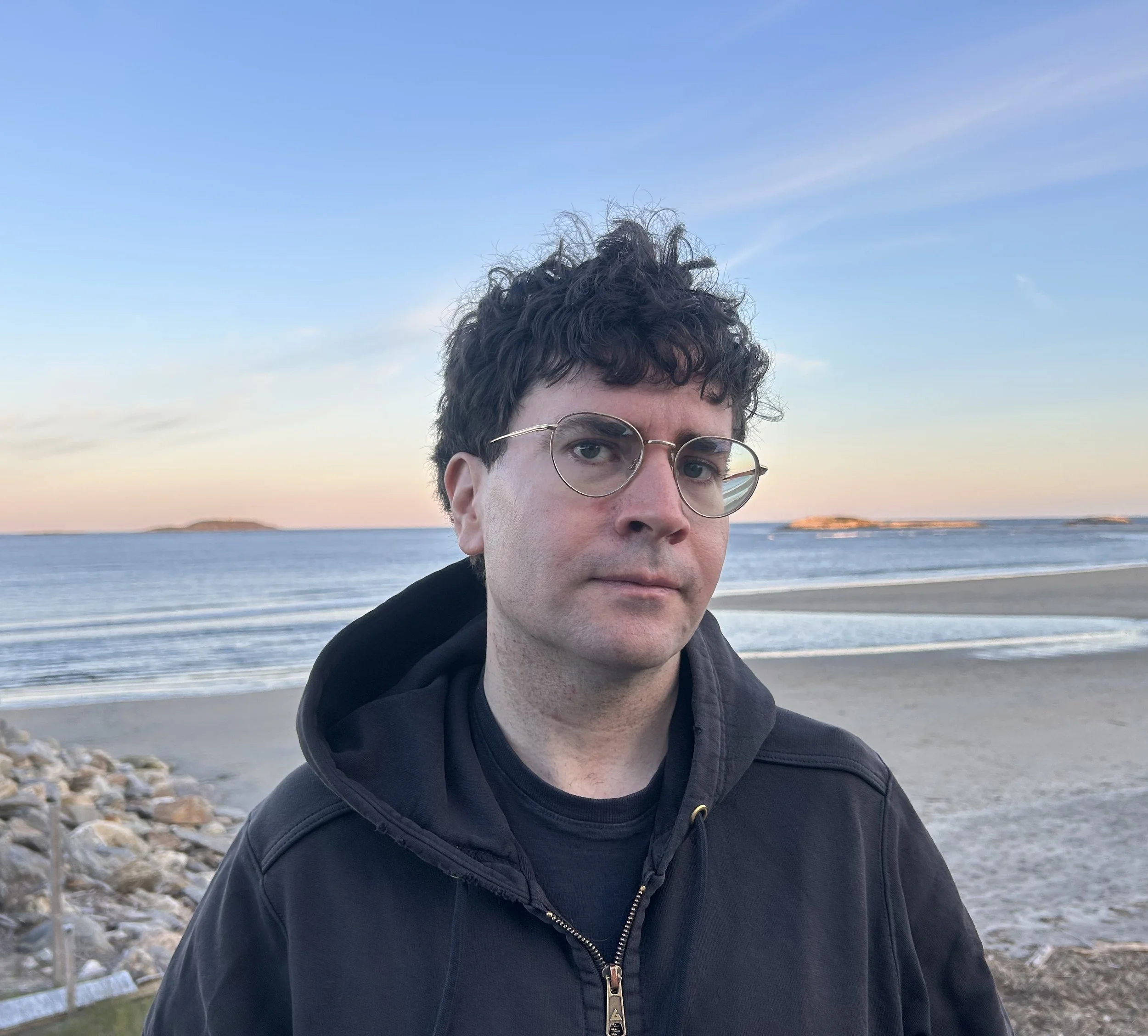Travis Laplante — String Quartets
Travis Laplante / JACK Quartet
String Quartets
Release date: October 17, 2025
On October 17, 2025, Travis Laplante, the composer, improviser, and saxophonist who leads the acclaimed tenor saxophone quartet Battle Trance, as well as Subtle Degrees, his duo with drummer Gerald Cleaver, and is known for his “meticulously plotted long-form pieces” (Bandcamp Daily), releases String Quartets via New Amsterdam Records. String Quartets is performed invitingly by JACK Quartet, whose “stylistic range, precision and passion have made the group one of contemporary music’s indispensable ensembles” (The New York Times).
On String Quartets, Laplante steps back from his role as performer, instead utilizing the full power of the leading contemporary music ensemble JACK Quartet. The two works presented on the record are epic long form compositions that showcase JACK’s ability to play technically demanding music while prioritizing its aesthetic beauty. Throughout the two pieces on the record Laplante employs just intonation* in a way that “adds an emotional, alluring, and lyrical quality without de-emphasizing other aspects of music.” In this way, singable melodies are carried by exalted harmonic colors that shimmer and glow at the edge of our hearing. The music on String Quartets contrasts lyrical and emotive passages with Laplante’s propulsive rhythmic vocabulary to create pieces that stir the heart and body.
*Just intonation is a musical tuning system where intervals are based on ratios of small whole numbers (like 2:1 for an octave, 3:2 for a perfect fifth, etc.)*
-
About String Quartets
At the center of Travis Laplante’s String Quartets lies the question of resonance. Laplante recounts an encounter with W. A. Mathieu’s seminal theory book “The Harmonic Experience” about 10 years ago, “I took out this book again after it was sitting on my shelf for a few years, and I had this experience of being completely astounded. The beginning of the book has these exercises where you sing resonances over a drone, and I realized that there was something fundamental I skipped over in ear training. I could recognize intervals and all of that, but there was something about this deeper level of experiencing resonance that I felt I missed.” Laplante soon after found a way to contact Mathieu, and he began a long term teacher-student relationship (taking lessons over the phone) that led Laplante to inevitably pursue a PHD in composition at Princeton University.
Laplante’s fascination with resonance guided him into the world of just intonation using the Helmholtz-Ellis notation system, and into collaborating with JACK Quartet who have a plethora of experience working within this musical framework. “For String Quartet I, I was attracted to the physicality that JACK can play with, and that's something in my own musical practice that I'm really interested in: stretching the limits of the physical body and the instrument. How one can be taken to ecstatic places through this process of going out to the edge of where your body is at its limit. There are definitely moments of that in String Quartet I, particularly for Chris Otto, where the kind of velocity that he's having to bow at and sustain for that amount of time is really pushing the limit and intensity. That's something that I wanted to embrace because I feel like both JACK and I love going into that more extreme territory.”
String Quartet I, pt. 1, is an exalted vision of harmony and melody, which are accented by the brightening and dampening that is granted within a just intonation system.
“I wanted to use resonances as a way to accentuate and deepen the more emotional and spiritual aspects of the music,” explains Laplante. “I was finding ways to make the tunings make the music even more vivid, not necessarily as the centerpiece, but as something to be in harmony with the other components.”
The piece opens with a drudging melody that blooms and tugs as momentum builds into a longing chord cycle. Laplante’s rhythmic vocabulary adds a sense of bounce that accrues energy while the piece develops into lush harmonies rendered in the highest resolution. JACK Quartet swiftly shifts through varying tonalities which bring the piece into an eruptive high note held out in driving tremolo by violinist Chris Otto before falling into a silent sea of sounds.
String Quartet I, pt. 2 opens with a Glass-esque series of arpeggios working at different rates which run into a melting cello drone that subtly shifts in pitch — recontextualizing the harmonic environment. A solo viola passage flowers into a lyrically melodic episode that slowly evolves into a driving passage for the full quartet with thumping rhythms and subtle shifts in intonation that make the heart blossom. It’s difficult not to be entranced and moved by Laplante’s ability to create emotive musical passages.
“I kept looking for ways to integrate just intonation into a more complete musical landscape that also works closely with lyrical melodies and triadic harmony. I wanted all these things to feel like the tunings can make the music even more vivid, not necessarily as the centerpiece, but as something to be in harmony with the other components.”
String Quartet II explores Laplante’s feelings of love and compassion starting at a place of fatherly love which evolved into an all encompassing sense of Love. Laplante tells us: “I first began composing String Quartet II with the feeling of love for my dad, remembering how even though he is not a musician, his love of classic rock had an impact on me as a young child. I also remember how much he sacrificed to allow me to be writing this music now. Over time String Quartet II acted like a sponge and absorbed more energy from other loved ones in my life. For instance, the piece begins with a feeling of my wedding day, my wife Sarah, and the beauty of this promise we made to each other. Sarah, who is not a musician, has been helping me a lot with my music as of late and offered valuable guidance and encouragement with this piece. I also was conscious of my spiritual mentor Laura Stelmok and how she has taught me how to open my ears to travel deeper into the lesser known parts of myself through sound. String Quartet II kept transforming and evolving throughout the compositional process to include inspiration from non-human love in my life, such as starlight, birds, bells, angels, and golden ladders... where at a certain point I felt like I was inside of the entirety of my own life: past, present, and future. All of the pain and sorrow is included, but also so much love. I’m hoping some of it can be heard through these sounds.”
String Quartet II leads the listener to harmonic spaces that challenge our perception of beauty and resonance. The longing melodic payoff at the end of the piece comes only after moving through an intense harmonic passage that pushes and pulls consonant harmony to its extremes. JACK Quartet performs at the very edge of intensity where any push can break the music, yet they remain in total control with help from Laplante’s pen and exploration of all encompassing love.
These compositions dissolve the individual players and elevate the ensemble into a larger being that moves with coordinated motion. Laplante points to the cover art by visual artist Alexandra Duprez, whose visual art had struck him for a long time. “I saw that she had a few works where there are these four fingers coming together into the center,” explains Laplante. “The artwork is poignant in relationship to String Quartets—the players in JACK Quartet simultaneously maintain their individuality while also dissolving it into an empty center, surrendering themselves to something greater.”
-
Tracklist and Credits
1. String Quartet I, p.1
2. String Quartet I, p.2
3. String Quartet II, p.1
4. String Quartet II, p.2
JACK Quartet:
Christopher Otto: violin
Austin Wulliman: violin
John Pickford Richards: viola
Jay Campbell: cello
All music composed by Travis Laplante
Recorded on October 9th, 2024 @ Roulette Intermedium, Brooklyn, NY
Engineer: Matt Mehlan
Mixed by Matt Mehlan and Travis Laplante
Mastered by Scott Hull
Layout by Matt Mayer
Produced by Travis Laplante
Front cover art: Alexandra Duprez, Untitled, 10 1/2 x 8 3/4 inches, mixed media on found book
Back cover art: Alexandra Duprez, Untitled, 9 3/4 x 5 3/4 inches






